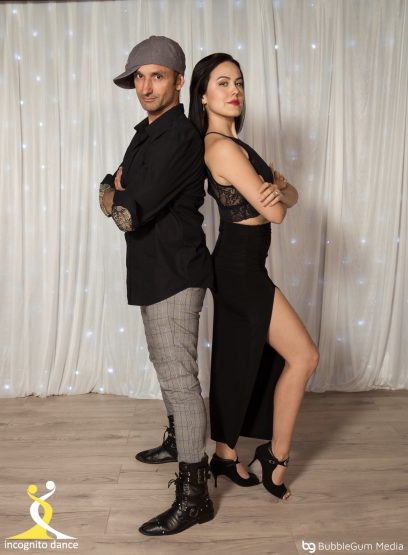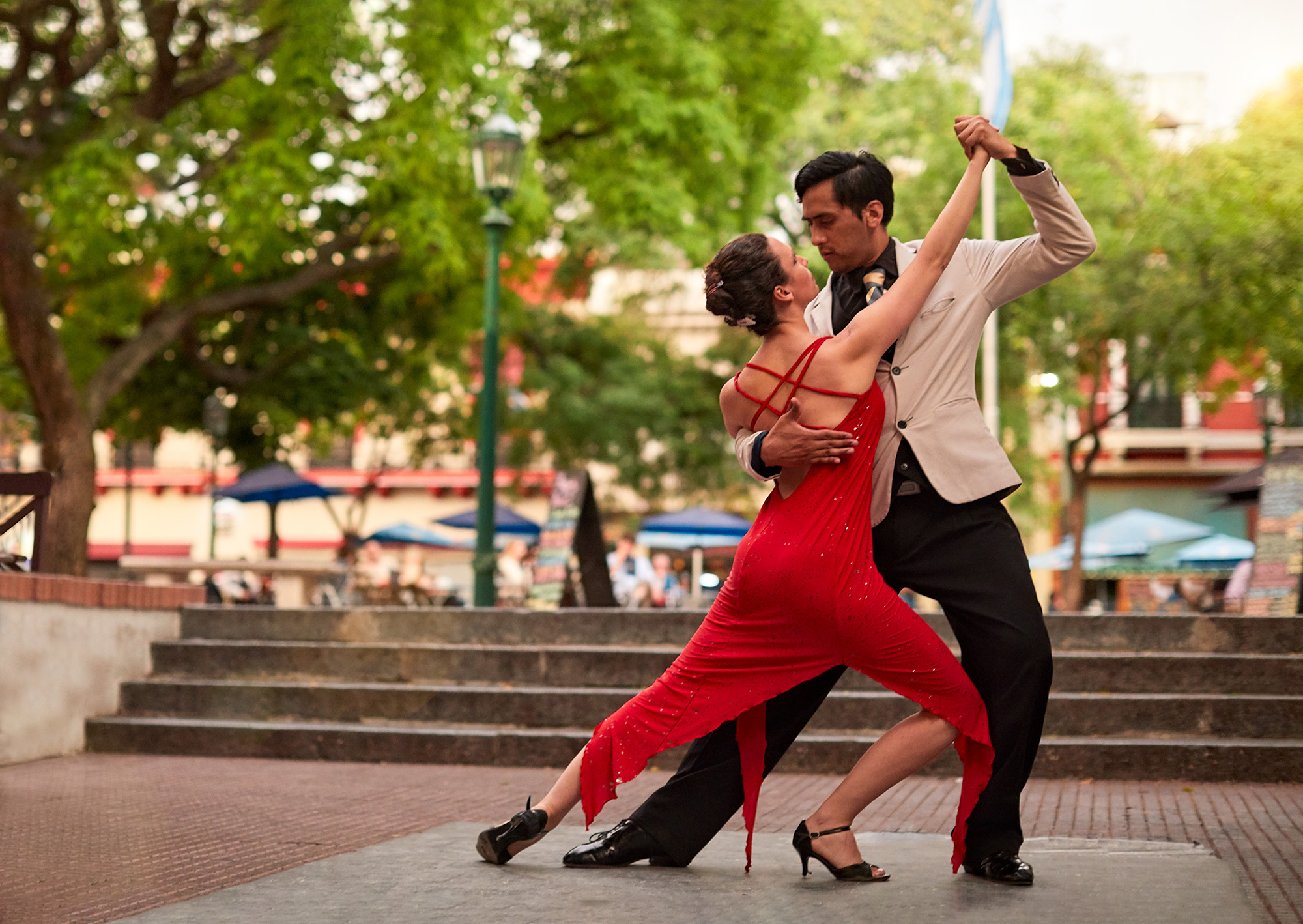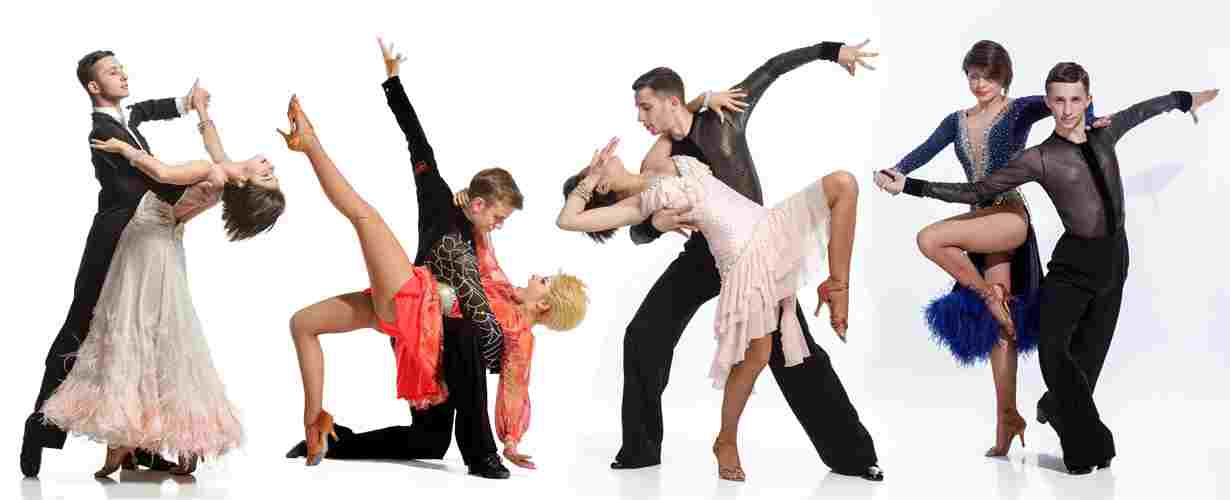Rumored Buzz on Dance San Francisco
The 9-Minute Rule for Dance San Francisco
Table of ContentsLittle Known Questions About Dance San Francisco.The Facts About Dance San Francisco RevealedA Biased View of Dance San FranciscoNot known Facts About Dance San Francisco
Let's believe of Salsa dancing and songs as a large Tree that resembles this: Salsa is danced worldwide while many technological facets of the dance coincide across styles (6 steps over 8 beats danced on a quick-quick-slow or slow-quick-quick rhythm), there are a number of "hallmark" features of the main styles of Salsa that distinguish one from the other.Pairs taking part in an Online casino Rueda dance all relocate unison as called by a Leader. Distinguishing features of Cuban design salsa are circular turn patterns (with "break back" steps on matters 1 and 5) in addition to body movement influenced by typical Afro-Cuban folkloric dances. Distinct features of Cali style salsa fasts and intricate maneuvering, danced with a strong hand hold connection in between partners.
The beginnings of the design are a subject of argument, yet it is said that New York style Salsa dance originated in the 1960's because of the increase of Latin American emigrants after the Cuban Change (salsa dancing sf). Eddie Torres is the most popular New york city design professional dancer, being almost globally attributed with promoting the style to dance centres beyond New york city
The standard rhythm of "On-2" is slow-quick-quick. The "youngest" of the styles of Salsa, L.A (https://businesslistingplus.com/profile/dancesf/). Design (some people have actually called it "West Shore" style) became prominent in the 1990's and has its origins in ballroom (Mambo, Swing and Cha, Cha, Cha). Transform patterns lead and comply with strategies are heavily affected by these designs, with the Cross Body Lead being the foundation of the design
Not known Details About Dance San Francisco
Style are execution of turn patterns and figures in the "port", with the break actions on matters "1" and "5". This style is also defined by elegant and frequently detailed arm designing by the follow to accent the "1" and "5" counts. The basic rhythm of "On-1" is quick-quick-slow. While Salsa songs has solid origins in Cuban, Colombian and Puerto-Rican folkoric practices, it can not be marked down that all Afro-Latin and Latin American societies have actually added to contemporary Salsa songs as we understand it today.

There she ended up being pals with the Nuyorican artists, and her partnerships with them and her time with the Fania All-Stars caused over 50 cds (of joint and solo work). Many thanks to the internet and convenience of accessibility to info, the popularity of Salsa songs, dancing and society has spread like wildfire over the last three decades and even after that contemporary Salsa musicians remain to pay tribute to the Founding Fathers and Mommy of Salsa.

The smart Trick of Dance San Francisco That Nobody is Talking About
identifying features of Salsa music are: 4/4 measure signature, Kid Clave and Tumbao rhythms, Montuno Piano Unless you have a background in songs, the above 3 attributes probably imply nothing to you. A much easier way to explain Salsa songs is just how pop over to this site it does NOT appear like other kinds of Latin American music.

It's time for lessons. With numerous studios available and various designs to select from, where does a full beginner start? The majority of all new professional dancers select to find out L.A. "On-1" design slotted Salsa designs are one of the most widespread in The United States and Canada (with some exceptions of some urban centres that still primarily accept Cuban and Puerto Rican designs) and L.A.
.A. Design will swiftly show you the principles of Salsa timing, weight transfer and turn pattern execution. Lots of dancers, once they've had a year or two of dancing L.A. Design Salsa under their belts, "button" to New York design in order to expand their dance vocabulary; yet numerous professional dancers determine to adhere to just one style of Salsa and appreciate their time on the dance flooring in that specific style. salsa dancing sf.
Design and New York City Design all being danced in the exact same club, with a lot of the dancers having the ability to switch from one style to the various other from one track to the following. salsa dancing sf. Despite which style you select it's crucial to stay with that style until you're really comfortable with the fundamentals of timing, body rhythm and structure move implementation before taking into consideration "switching" styles (if you intend to)
As soon as you start lessons prepare to devote time and power to finding out just how to dance as a whole it takes a full novice (i. e., a person with little or no dancing experience) regarding 6 months of proactively taking lessons and going out and practicing at the very least two times a week to get to a point where pattern execution starts to really feel "natural".